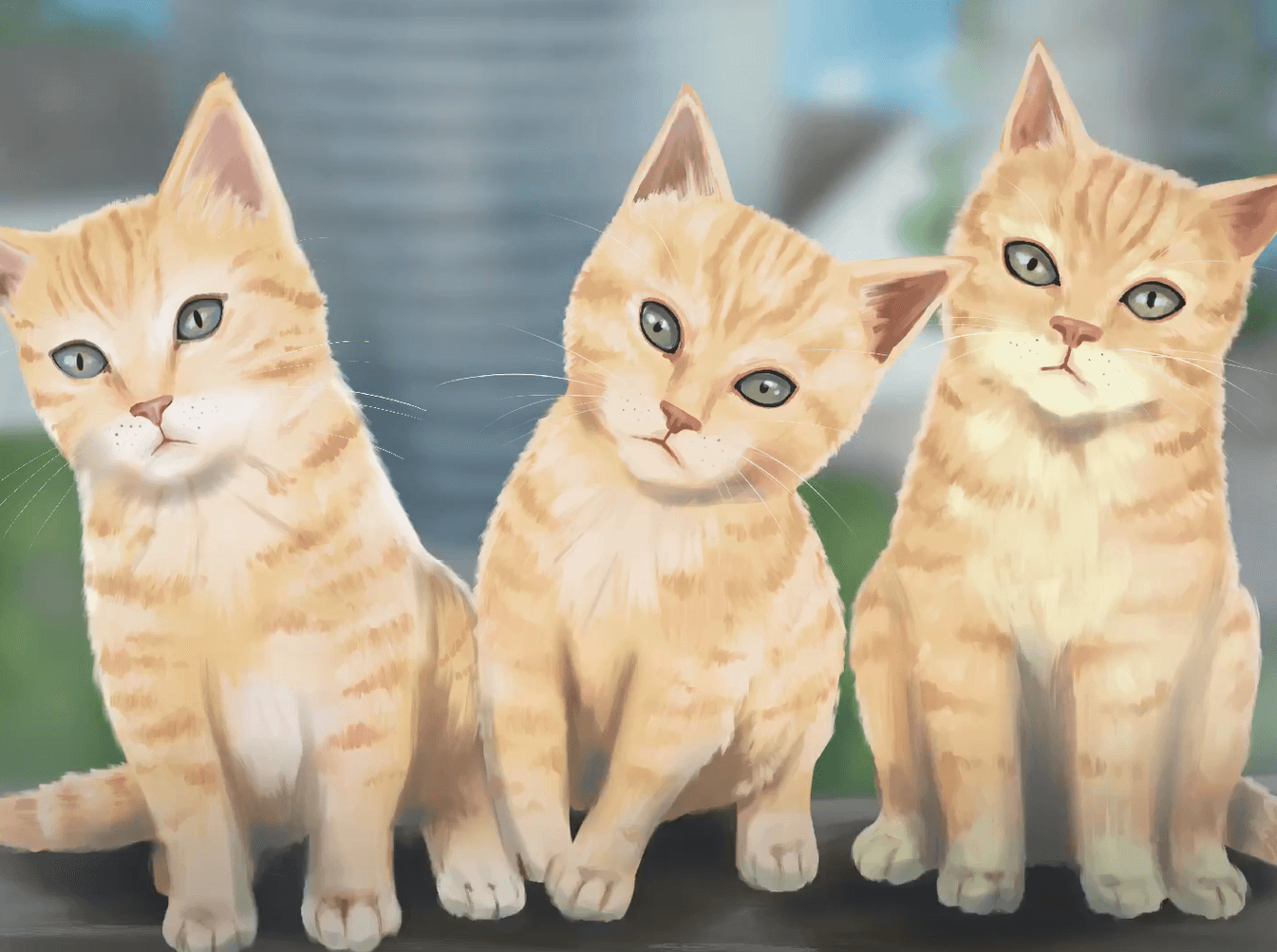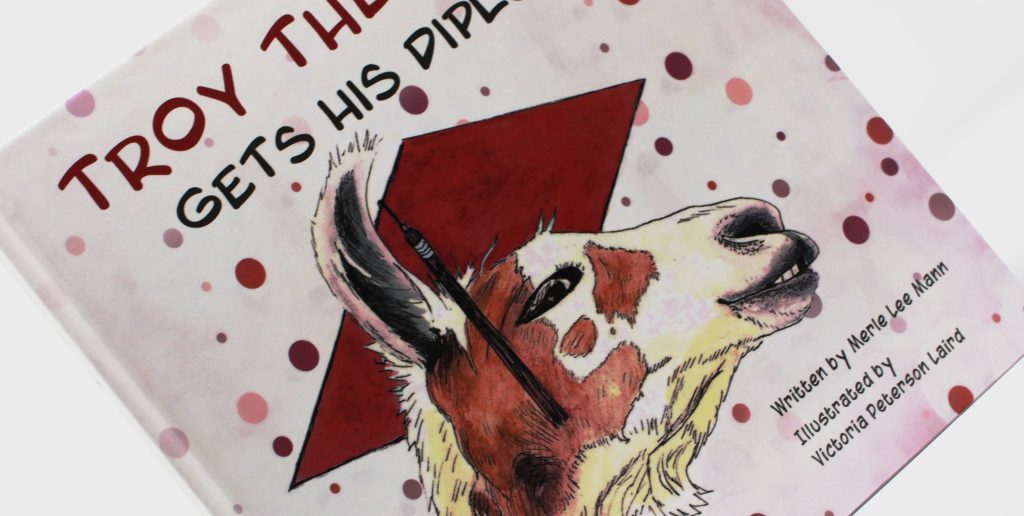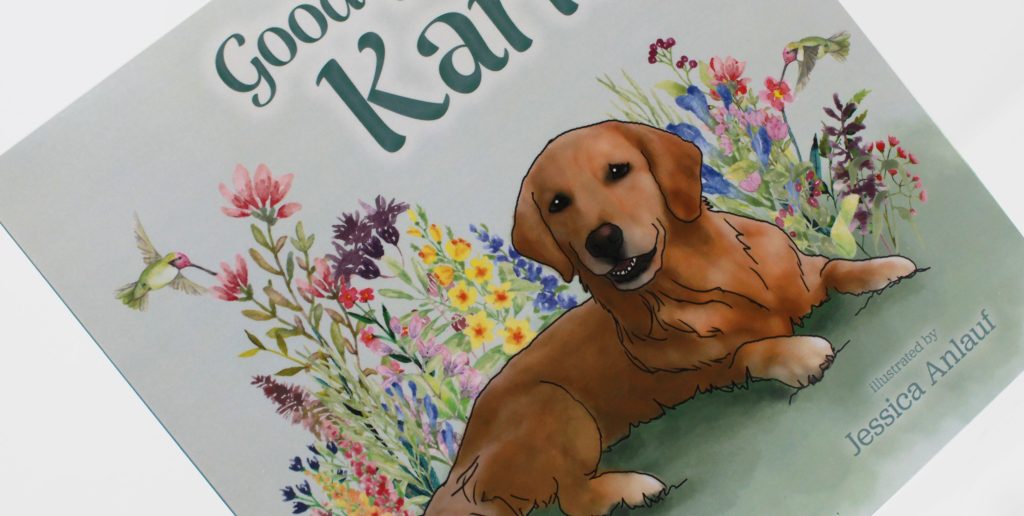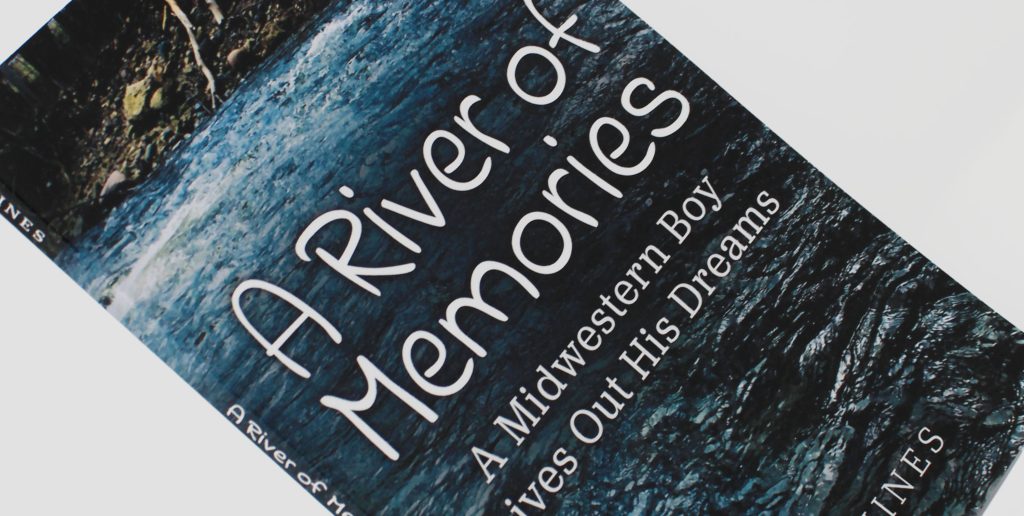by Sarah Purdy, WP publishing consultant, and Sarah Naberhaus, WP graphic designer
Illustrations are the very heart and soul of a children’s book. Paired with the author’s words, a book’s artwork invites young readers into the world of the story. The most successful illustrations bring characters, objects, and places to life. Not only do they match the action on the page—they capture the mood of the tale.
Illustrations can be done with a variety of mediums, from watercolors to oils, pen and ink, and digital programs. But no matter the medium, there are five basic steps an illustrator typically follows—and that children’s book authors should be familiar with when hiring an illustrator.
1. Getting Familiar with the Story + Establishing the Author’s Vision – Before the artistic juices begin flowing, your illustrator will want to get to know you and your story. Share your manuscript with your illustrator. Once they’ve read it, set up a meeting. Be ready to talk about both your story and your vision. First, how many illustrations do you need? Will you reuse an interior illustration on the cover, or will the cover be a unique image? Will each page have its own illustration, or will some spread across two pages?
Beyond these logistical questions, your illustrator will want to get to know your aesthetic. What artwork styles are you typically drawn to? Are there any children’s books with illustrations you particularly admire? (If there are, share those titles!) Do you envision a book with bold, bright colors or softer pastels? Your illustrator will of course have their own artistic style, but to capture your story in a way you love, they will want to know your tastes and preferences!
2. Character Development – The next step your illustrator will likely take is character development, or establishing the look of all the main characters in your story (usually with sketches). Photographs or sample images are a great help if you have a very specific idea for certain characters. It’s okay if you don’t have a particular vision for your characters—your illustrator can help you develop them from scratch!
3. Storyboarding – Once the look of your characters is established, it’s time to plan out what each illustration will depict. What will the characters be doing? What will be in the background? Where will the text go? These are questions you’ll collaborate on with your illustrator. When a plan has been made for each illustration, your illustrator will rough out sketches to share with you. This stage is the easiest point to make changes—if there’s something you’d like to tweak, share your feedback with your illustrator.
4. Formal Sketching – When the storyboard is finalized, your illustrator will likely produce formal, polished sketches of each illustration to share with you for another round of feedback and minor revisions.
5. Colorizing + Detailing – This last step is probably the most self-explanatory! When you’ve given the formal sketches the green light, your illustrator will start filling in the colors and fine details of each scene.
When it comes to children’s books, the importance of quality illustrations cannot be overstated. That’s why the Write Place is proud to have an experienced illustrator on our team! Check out the video below for a sample of WP Graphic Designer Sarah Naberhaus’s work. If you’re looking for illustration services and would like more information, call 641-628-8398 or email hello@thewriteplace.biz.



